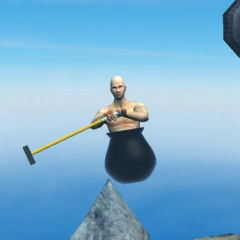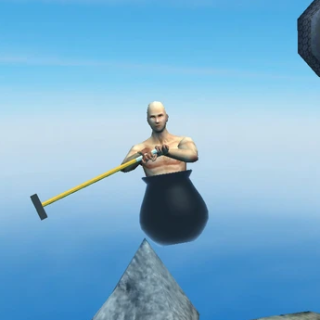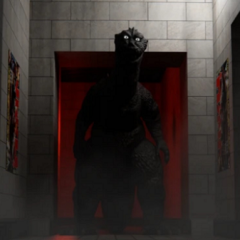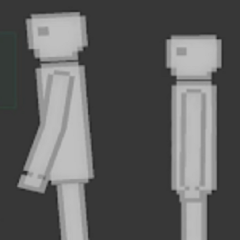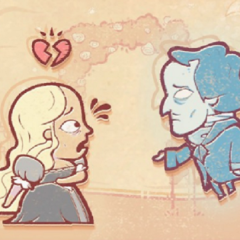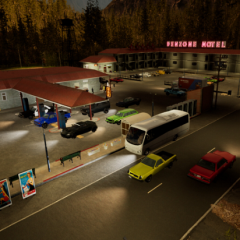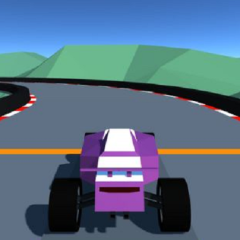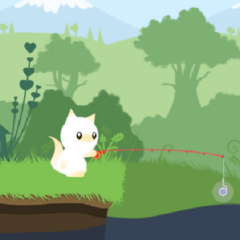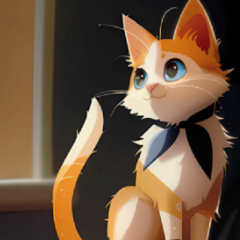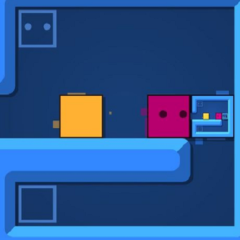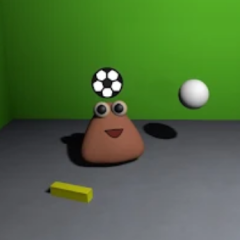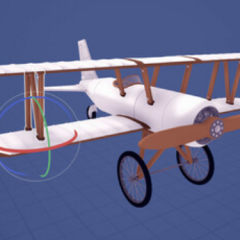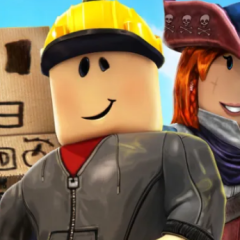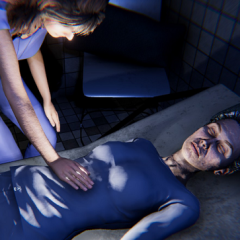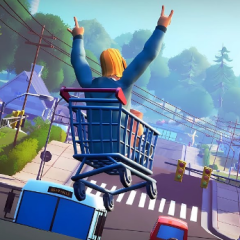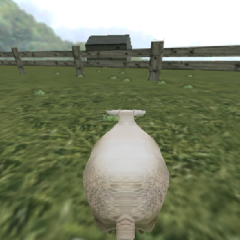Getting Over It 2025 continues the legacy of its predecessor by offering a climbing experience that is as much about patience as it is about physics. Players control a lone figure trapped in a pot, armed with nothing but a long-handled hammer. The goal is to ascend a bizarre and unwelcoming mountain by pushing, swinging, and hooking onto objects. Unlike traditional games, this one removes safety nets, forcing players to confront setbacks without assistance or guidance.
Unique Controls and Game Objective
There are no tutorials or movement aids. Players rely entirely on their own coordination to swing the hammer, propelling themselves upward through increasingly absurd terrain. Progress is slow and often lost in an instant, creating a loop of failure and retry. The control system is intentionally awkward, which transforms the act of movement into the core challenge. With no checkpoints, every fall is a real consequence, making success a product of consistency and learning.
Surreal World and Level Structure
The game’s setting is a vertical maze of discarded items and oversized obstacles. What might begin with simple ledges evolves into a chaotic structure of unstable platforms, floating objects, and deceptive shapes. Each area introduces a new form of spatial difficulty, forcing players to reconsider how they approach even basic movement. The design constantly tempts players to take risks, knowing a single slip can undo minutes—or hours—of careful progress.
What defines Getting Over It 2025:
· Purely mouse-driven movement with no safety systems
· One continuous vertical world with no save points
· Emphasis on trial, error, and self-improvement
· Environments filled with both man-made and abstract structures
· Progress that depends entirely on the player’s control and mindset
Emotional Frustration and Player Mindset
The game is meant to frustrate, but never unfairly. Each fall can feel like a personal failure, yet every recovery builds a sense of mastery. It’s not uncommon for players to spend long sessions climbing, only to lose everything in seconds. Over time, the experience becomes a personal trial—a way to test resolve, persistence, and adaptability. Instead of offering rewards, the game offers growth through repetition and resilience.

